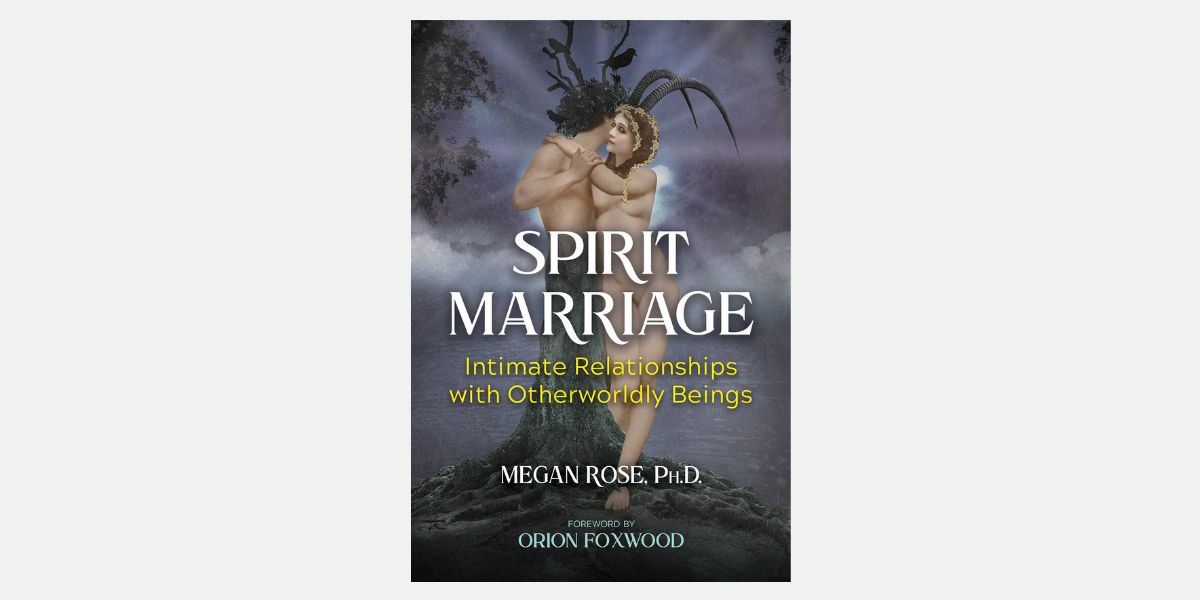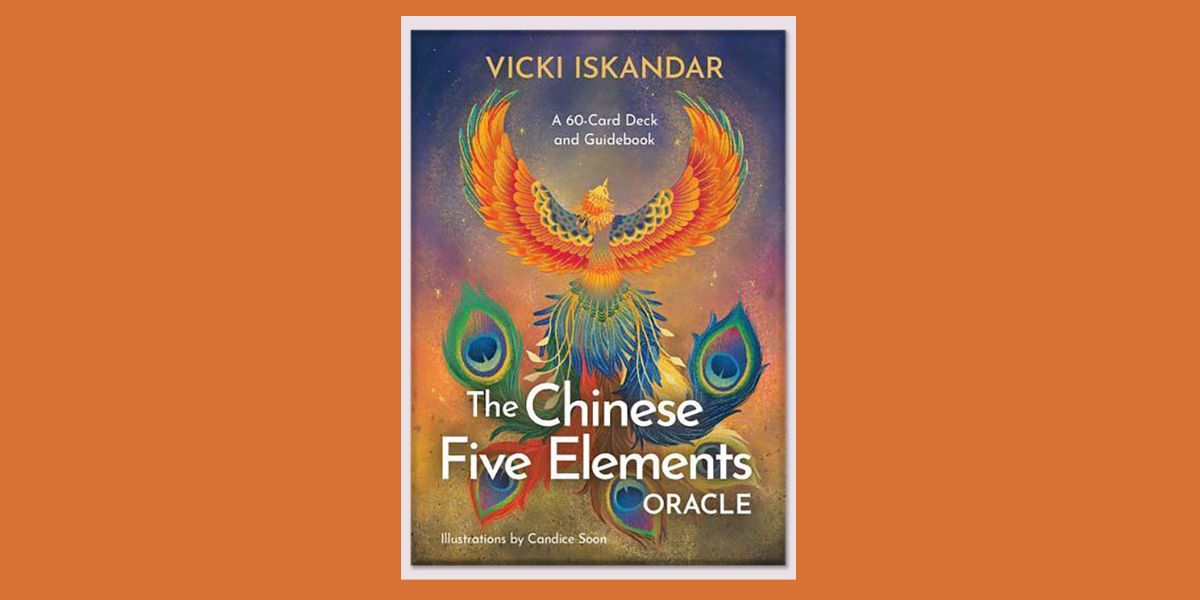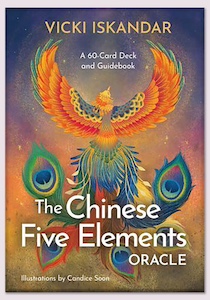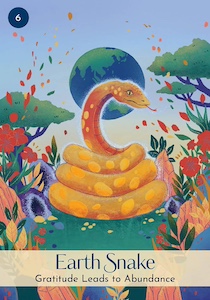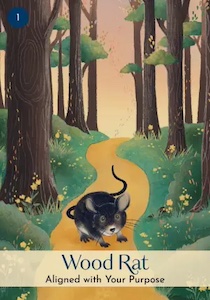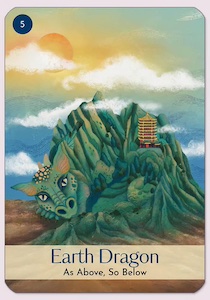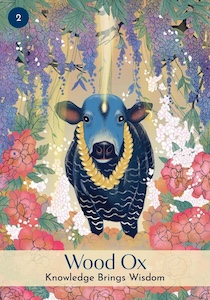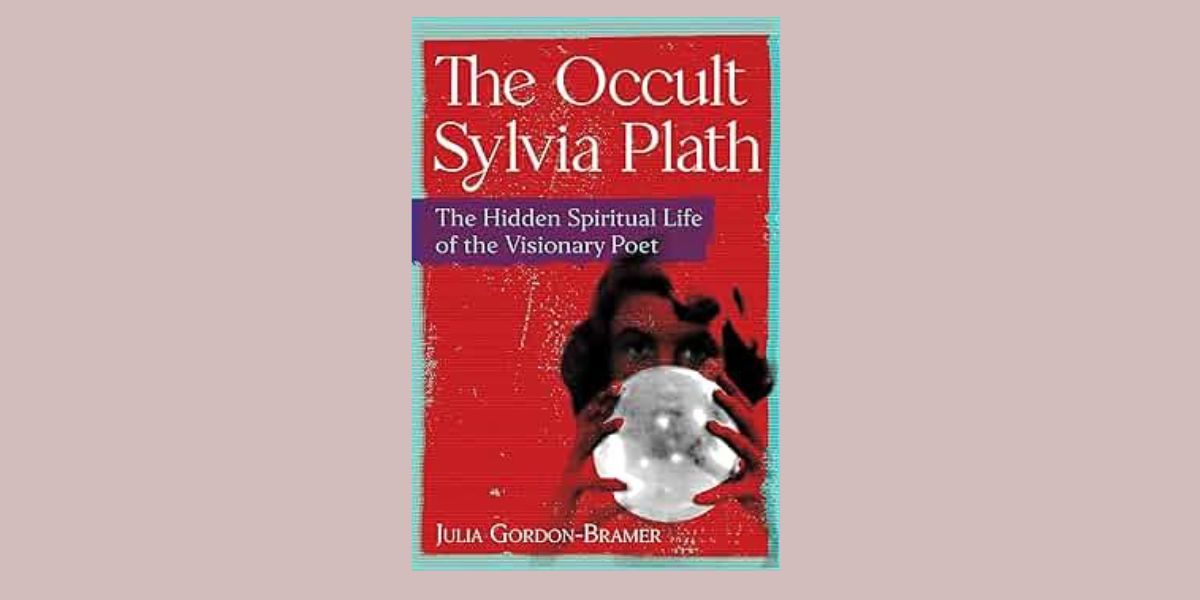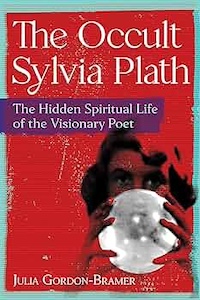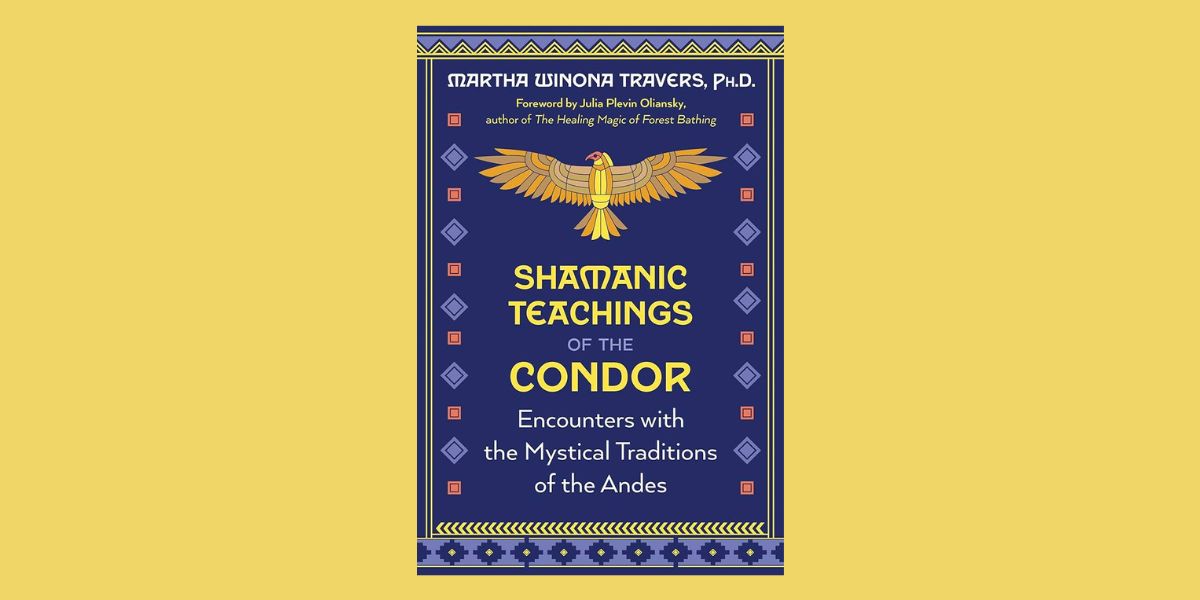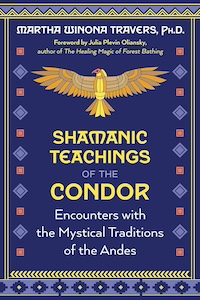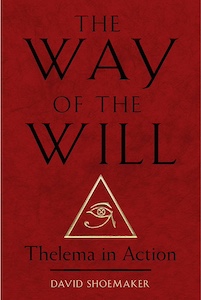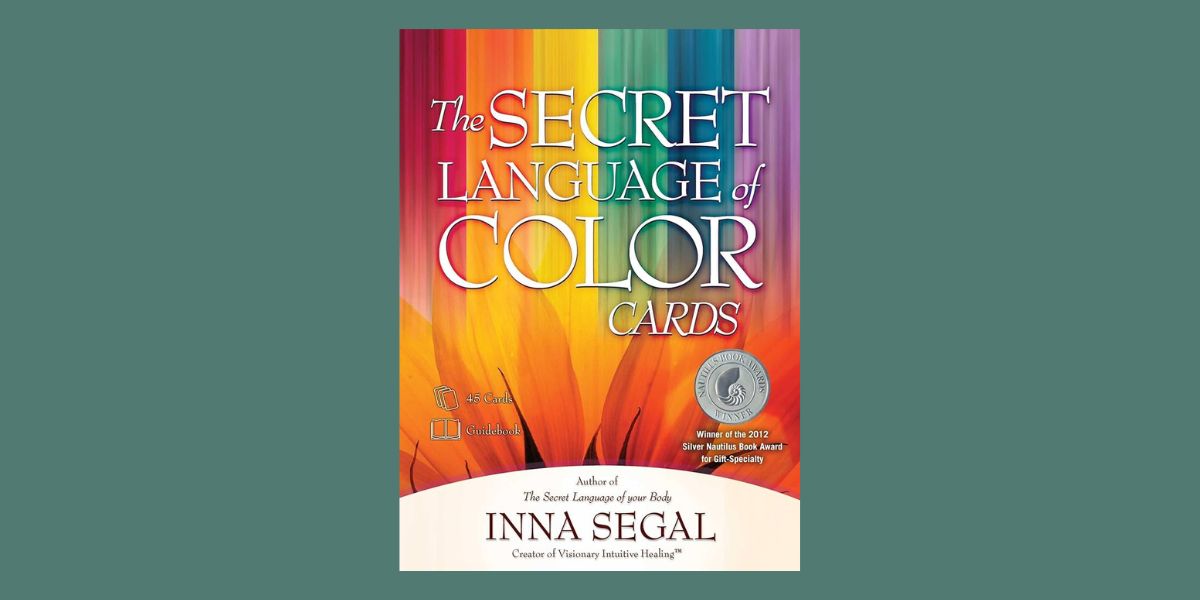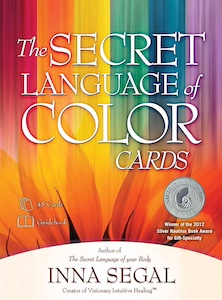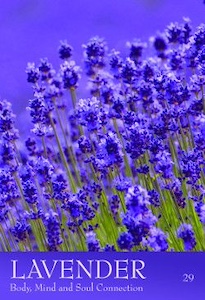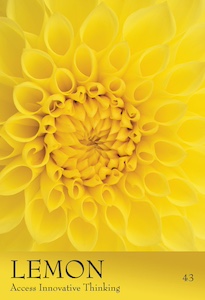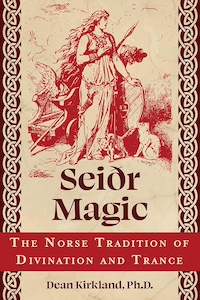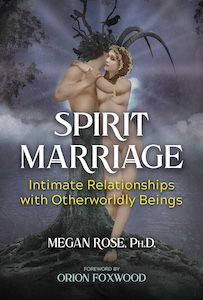
Spirit Marriage: Intimate Relationships with Otherworldly Beings, by Megan Rose, Ph.D.
Bear & Company, 1591434157, 448 pages, April 2022
In Spirit Marriage: Intimate Relationships with Otherworldly Beings, transformational psychologist Dr. Megan Rose explores the cross-cultural phenomenon of mystical union with a spirit spouse. Dr. Rose defines spirit marriage as “the bonded or intimate relationship between a human and a subtle or discarnate entity such as a deity, spirit, or extraordinary intelligence.”1 Through case studies, historical accounts, and her own experiences, Rose explores how these relationships manifest in a wide variety of traditions, from the God Spouses of Norse Heathenry to the ceremonial magician’s union with the Holy Guardian Angel. As the first comprehensive survey of its kind, Spirit Marriage is a fascinating exploration of a complex and often taboo topic.
Dr. Megan Rose holds a Ph.D. in Psychology and an M.A. in Religion. She also identifies as an ecosexual priestess, erotic mystic, and faery seer. These diverse areas of expertise inform her approach to spirit marriage, which emphasizes the spiritual, emotional, and erotic aspects of these relationships, which she perceives as a “cocreative consciousness”2 formed between the mortal and the spirit to whom they are wedded.
The foreword is written by Orion Foxwood, author of The Tree of Enchantment: Ancient Wisdom and Magic Practices of the Faery Tradition (2008), who has been married to a faery queen named Brigh for over twenty years. In the foreword, Foxwood points out that spirit lovers are often demonized, but reminds readers that the word demon is “derived from the Greek word daemon, which originally denoted a divine being, not an infernal one.”3
I was excited to come across this book because there is a relative dearth of reliable information on the subject. I’ve Googled spirit marriage in the past, and search results were dominated by Christian fearmongering, with a deluge of warnings about spirit spouses being demons that ruin lives and require deliverance through Jesus Christ. Wikipedia is the most reliable, identifying spirit spouses as helping spirits in shamanism, but there isn’t any practical information on how to form these alliances. Fortunately, Spirit Marriage offers a much more balanced and nuanced perspective, exploring the concept of spirit spouses across cultures and traditions.
In Spirit Marriage, Rose describes her journey to connecting with her spirit lover and discovering his identity, which culminated in union with a human partner whose spiritual essence (referred to by Rose as the Divine Self) is a vibrational match to her Faery Beloved. Rose describes her journey as one of “reconciliation with the Dark Goddess and Dark God,”4 which was initiated through a descent into her personal underworld, where she encountered the “archetypal devil”5 through two abusive relationships.
Dr. Rose’s personal story in the chapter titled “The Erotic Mystic: Encounters with My Faery Beloved”6 resonated deeply with me as a fellow Highly Sensitive Person (HSP) who has also navigated childhood bullying and abusive relationships. Her journey of overcoming these challenges to embrace the Divine Masculine mirrored my own realizations in recent years. Dr. Rose’s insights about the impact of religious upbringing and past trauma on our relationships with the Divine Masculine are particularly valuable. They validate the experiences of many women, who, like myself, struggle with connecting to the Divine Masculine due to religious trauma and partner abuse. Sharing these experiences highlights the importance of healing past wounds to cultivate a healthy connection with one’s Divine counterpart, a central theme explored throughout Spirit Marriage.
Dr. Rose’s memoir exemplifies the transformative potential of spirit marriages. While I resonated with her experiences the most, I enjoyed reading all ten interviews. Each account offers fascinating insights, showcasing how spirit marriages transcend race, gender, and sexual orientation. A common thread emerges: a sense of surrender to a predestined union.
Dr. Rose’s interviews with individuals like Orion Foxwood, a gay Traditional Witch and Conjure Man wed to a faery queen, and Kama Devi, a heterosexual white woman who married the Hindu goddess Kali Ma, effectively demonstrate the vast spectrum of spirit marriages. They can even manifest as a union with nature itself, as evidenced in “The West African Shrine Keeper,”7 which features a shaman wed to a deity embodied as a tree.
There are no cut and dry rules about spirit marriage, and the unions are as unique as the people who enter them. While many traditions insist that divorcing a spirit-spouse is impossible, Caroline, a witchdoctor from Washington, DC, has married multiple spirits from a variety of pantheons, and claims that she has divorced a spirit-spouse.
Throughout the book, Rose addresses safety precautions regarding the importance of establishing trust and maintaining healthy boundaries with spirit lovers, which can sometimes be challenging due to shared consciousness. For instance, she emphasizes the importance of discernment to ensure spirit communication is genuine. Each account addresses how the practitioner balances their spirit marriage with the mundane concerns of everyday life, including how they navigate integrating a spirit spouse with romantic relationships on the physical plane.
Given the unconventional nature of these spirit marriages, my main takeaway from this book is that a practitioner’s preconceived notions about who or what a spirit spouse is supposed to be could possibly get in the way of achieving union. A practitioner seeking a spirit spouse should be open-minded and need not limit themselves based on gender, sexual preference, or ethnicity. The right spirit spouse is the one best aligned with the practitioner’s life purpose, and it may defy expectations. Spirit marriage is a lifelong journey, and every experience is tailored to the individual.
Ultimately, spirit marriage is a co-creative union. Like the concept of twin flames, spirit and mortal unite to achieve a higher purpose.
“In the spirit marriage, an indwelling happens, a symbiosis, the grafting of the two into one,” Dr. Rose writes. “From this union a third entity arises: a love child.”8
For Rose, her love child is this book.
Spirit Marriage is riveting and I didn’t want to put it down. Each interview, beautifully rendered, showcases a distinct spirit spouse with a palpable presence—I swear I could smell cigar smoke while reading about “The New Orleans Voodoo Mambo”9 married to Baron Samedi.
Dr. Rose approaches the various cultures and traditions with the utmost respect, demonstrating how everyone’s path is different and there is no right way or any strict set of rules regarding spirit marriage. While some readers might remain skeptical or wary of entering these unions, Spirit Marriage offers a thought-provoking exploration that will validate and transform the intimate relationships of practitioners who seek congress with the spirit realm.

Rachel Christina McConnell is a witch, tarot reader, intuitive astrologer, and writing spider. She holds an MFA in Fiction from Columbia University in the City of New York. Her short stories have appeared in Dark Moon Lilith Press and Minerva Rising Press’s The Keeping Room. Links to her publications are available here: https://rachelchristinamcconnell.wordpress.com
